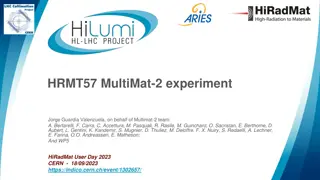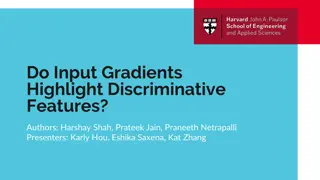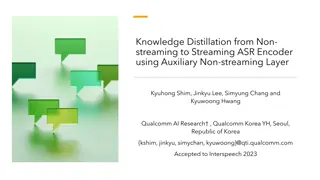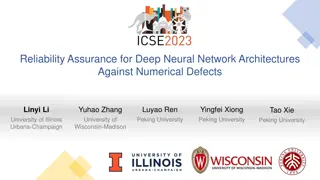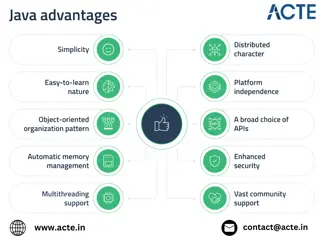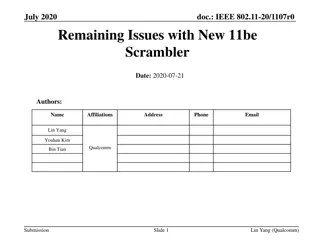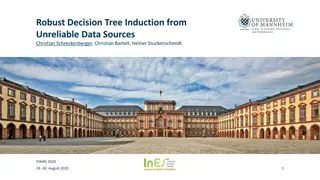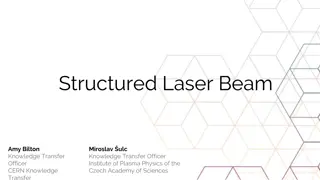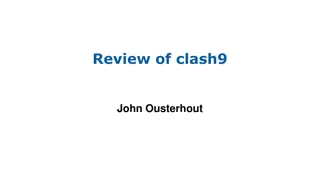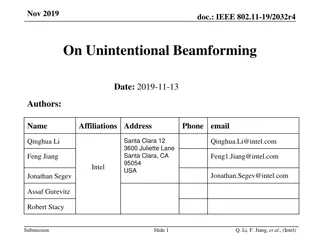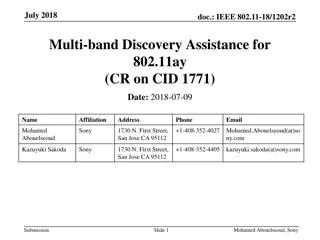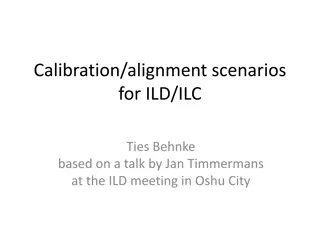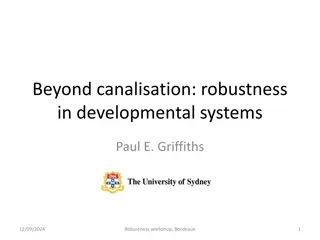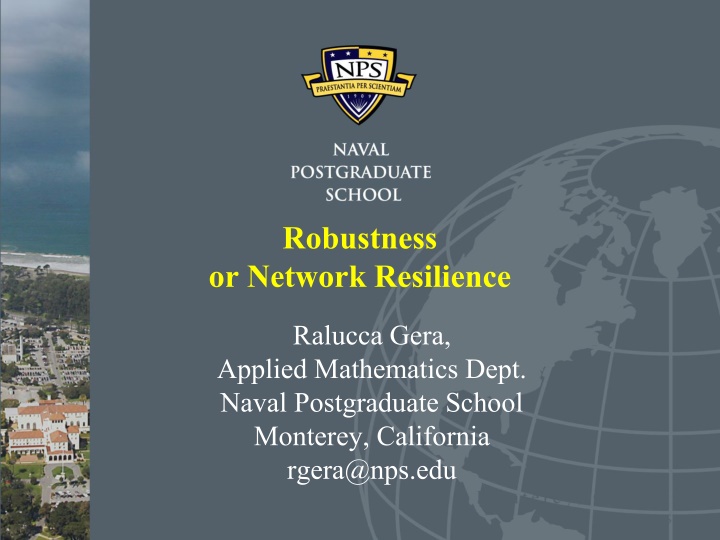
Network Robustness and Resilience in Complex Systems
Explore the concepts of network robustness and resilience in complex systems, examining how networks change as nodes or edges are removed and measuring these changes. Discover insights on percolation, node and edge removal, percolation thresholds, and the resilience of scale-free networks to attacks.
Download Presentation

Please find below an Image/Link to download the presentation.
The content on the website is provided AS IS for your information and personal use only. It may not be sold, licensed, or shared on other websites without obtaining consent from the author. If you encounter any issues during the download, it is possible that the publisher has removed the file from their server.
You are allowed to download the files provided on this website for personal or commercial use, subject to the condition that they are used lawfully. All files are the property of their respective owners.
The content on the website is provided AS IS for your information and personal use only. It may not be sold, licensed, or shared on other websites without obtaining consent from the author.
E N D
Presentation Transcript
Robustness or Network Resilience Ralucca Gera, Applied Mathematics Dept. Naval Postgraduate School Monterey, California rgera@nps.edu
Network Robustness and resilience How does a network change as nodes or edges are removed? How could we measure the change? Good time to share your thoughts Some thoughts: Change in average path length The count and size of the components obtained The size of the giant component (whose size is more than 50% of nodes; reference for giant component: http://arxiv.org/pdf/math/9310236.pdf) 2
Node and edge removal Node/edge percolation (or random failure): Node removal with some probability p corresponding to random failure Targeted attack: remove nodes/edges with highest effect (such as componenets or average path length) 3
Percolation threshold in Erdos-Renyi Graphs av deg = 0.99 z=1 av deg = 3.96 av deg = 1.18 size of giant component (S) As the average degree (z) increases to z = 1, a giant component suddenly appears. Edge removal is the opposite process: At some point the average degree drops below 1 and the network becomes disconnected? Percolation theshold: how many edges have to be removed before the giant component disappears? average degree (z) 4 Lada Adamic
How does a network percolate? Source: Bender-deMoll & McFarland The Art and Science of Dynamic Network Visualization JoSS Forthcoming 5
Percolation on Complex Networks Percolation can be extended to networks of arbitrary topology. We say the network percolates when a giant component forms. Scale free networks will always have a giant component (the network always percolates) Lada Adamic
Scale-free networks are resilient with respect to random attack Example: gnutella network, 20% of the total number of nodes removed 574 nodes in giant component 427 nodes in giant component Lada Adamic
Targeted attacks are affective against scale-free networks Example: same gnutella network, 22 most connected nodes removed (2.8% of the total number nodes are removed) 574 nodes in giant component 301 nodes in giant component Lada Adamic
Random failures vs. Attacks adapted from slide by Reka Albert Lada Adamic
Network resilience to targeted attacks Scale-free graphs are resilient to random attacks, but sensitive to targeted attacks. For random networks there is smaller difference between the two Percent of nodes removed R. Albert, H. Jeong, and A.-L. Barabasi, Attack and error tolerance of complex networks, Nature, 406 (2000), pp. 378 382. Lada Adamic

